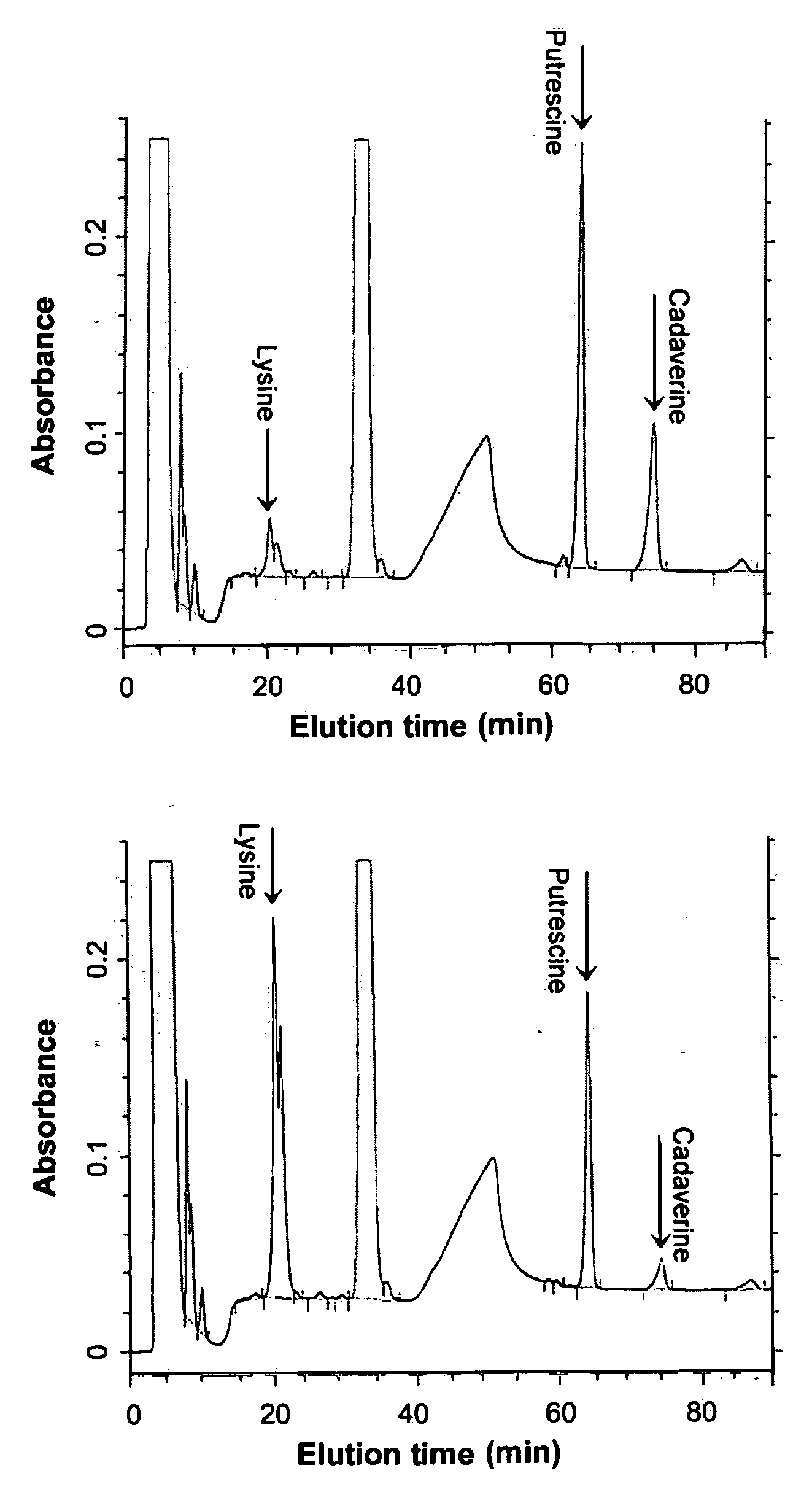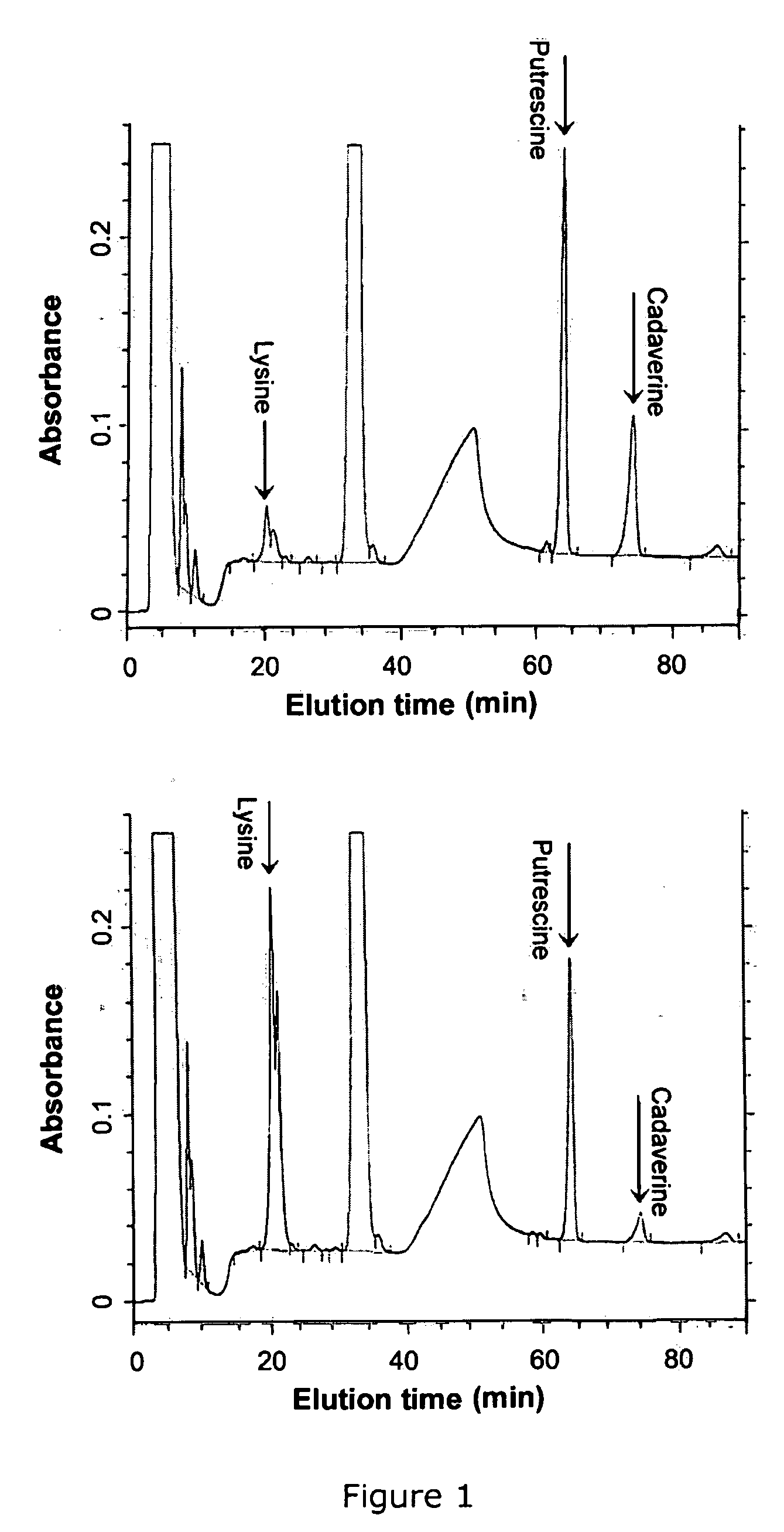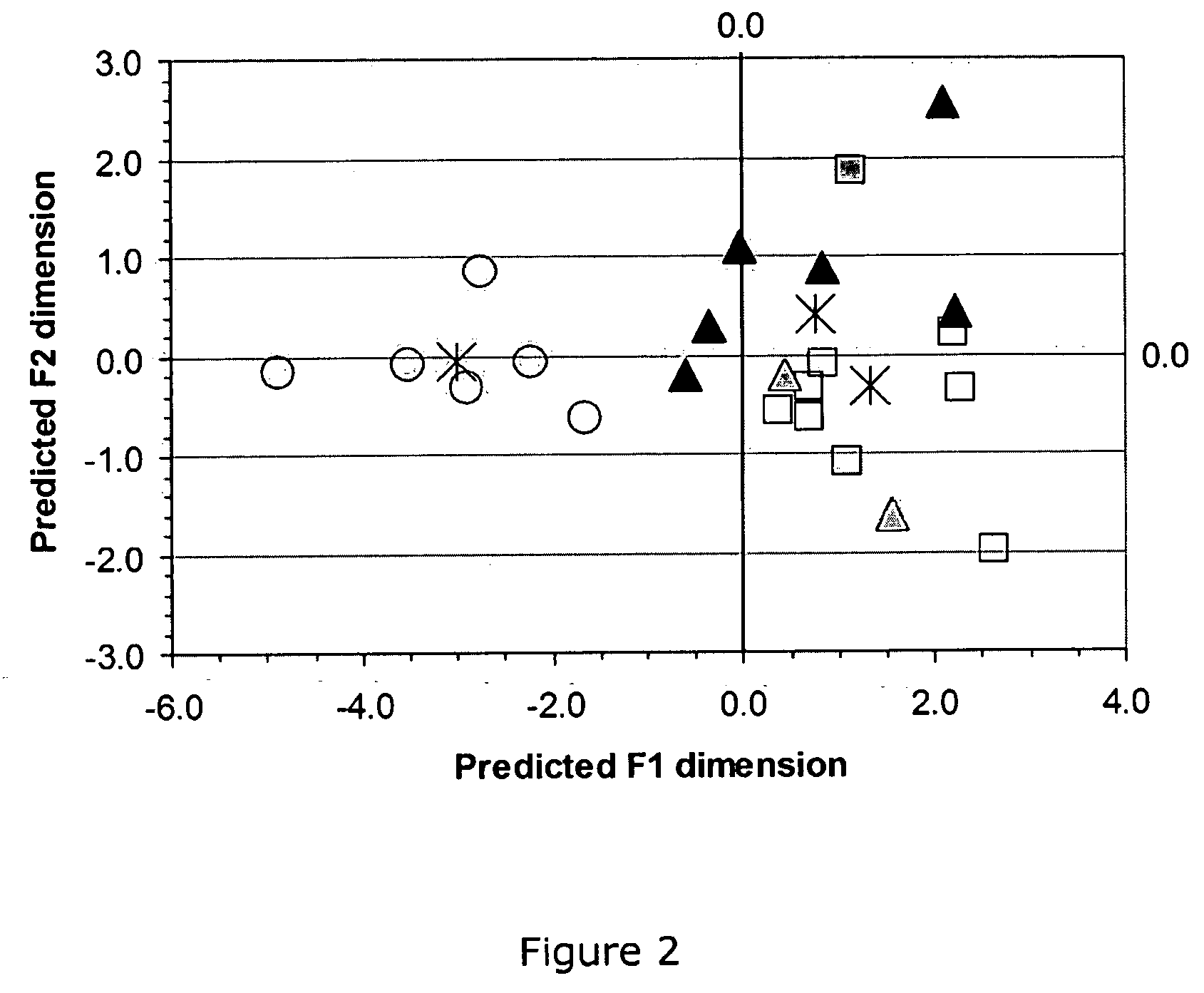Methods of predicting treatment outcome in chronic periodontitis patients
a technology of chronic periodontitis and treatment outcome, applied in the field of methods of predicting treatment outcome in chronic periodontitis patients, can solve problems such as predictable therapeutic failure, therapeutic failure, and standard therapy failur
- Summary
- Abstract
- Description
- Claims
- Application Information
AI Technical Summary
Benefits of technology
Problems solved by technology
Method used
Image
Examples
examples
Description of the Periodontitis and Control Groups
[0027]The subjects were selected from participants in a study of response to therapy for chronic periodontitis at a periodontology clinic (Forsyth Institute, Boston) and were attending for routine maintenance. All were 21 or more years of age and had 20 or more teeth present. They were not pregnant and did not have any systemic or local condition that might have affected chronic periodontitis. They had originally presented for therapy by having more than 8 sites with pocket depths greater than 4 mm and a clinical attachment level greater than 3 mm. There were two sets of controls: a) healthy subjects with minimal gingivitis and minimal periodontitis (fraction of sites bleeding on gentle probing less than 12%; no sites with pocket depth or attachment level greater than 3 mm); and b) subjects not receiving any therapy or oral hygiene maintenance and attending the Oral Surgery Clinic, University of Oklahoma Health Sciences Center.
[0028...
PUM
| Property | Measurement | Unit |
|---|---|---|
| depth | aaaaa | aaaaa |
| depths | aaaaa | aaaaa |
| depths | aaaaa | aaaaa |
Abstract
Description
Claims
Application Information
 Login to View More
Login to View More - R&D
- Intellectual Property
- Life Sciences
- Materials
- Tech Scout
- Unparalleled Data Quality
- Higher Quality Content
- 60% Fewer Hallucinations
Browse by: Latest US Patents, China's latest patents, Technical Efficacy Thesaurus, Application Domain, Technology Topic, Popular Technical Reports.
© 2025 PatSnap. All rights reserved.Legal|Privacy policy|Modern Slavery Act Transparency Statement|Sitemap|About US| Contact US: help@patsnap.com



